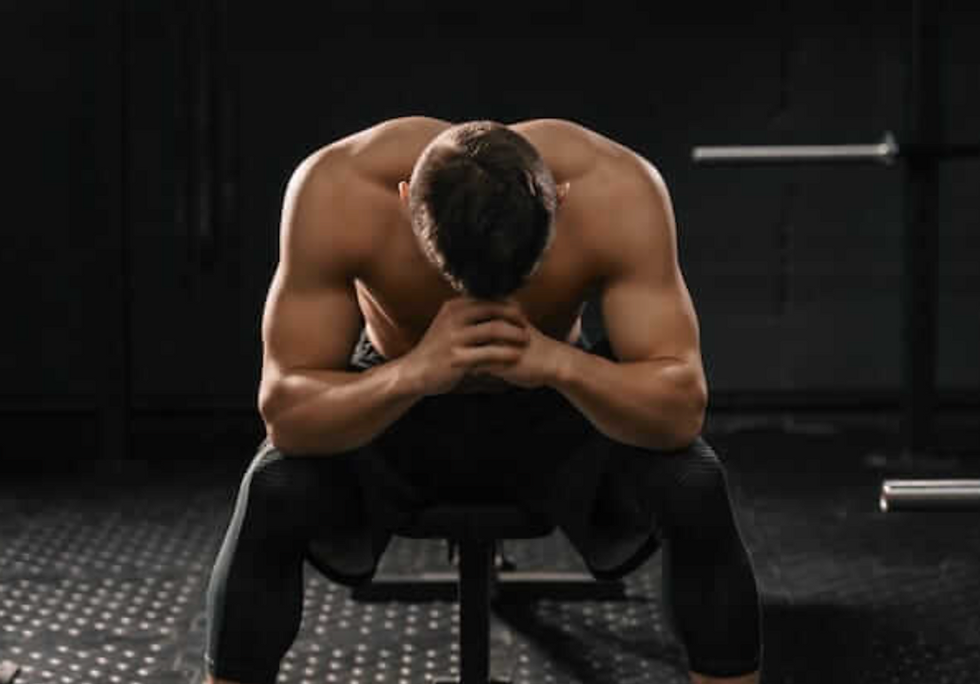RUNNING AND GAIT: IMPACT ON INJURY RISK AND EFFICIENCY
- DR SARA FORSYTH

- Mar 6, 2020
- 2 min read
Updated: Aug 30, 2020

Runners often wonder if they should change how they run. This is a complicated question, but if you’re dealing with a recurring injury, often the answer is yes.
A runner’s gait pattern may place excess stress on lower extremity structures such as the Achilles tendon or the knee. There are a few gait characteristics that consistently correlate with increased injury risk.
The first is termed ”knee valgus”. This is when the knees come together during running. This can be caused by weakness in the lower leg and foot muscles resulting in a decreased ability to absorb the ground reaction forces when the foot hits the ground. The foot and lower leg weakness can lead to excess inward collapse of the foot and subsequent knee valgus. The other main reason is weakness of the buttock and hip musculature. Weakness of these glute muscles, responsible for controlling hip motion, can lead to inward collapse and rotation of the thigh (hip adduction) when the foot hits the ground and the subsequent “knock knee” effect. This common gait pattern is known to be inefficient due increased energy required each step to dissipate the force of the foot contacting the ground. It also leads to excess stress on the lower limb tendons, muscles and bones. Over time, this can be a contributing factor to many common running injuries.
The second frequently seen gait flaw is called overstriding. This occurs when someone runs with long strides and strikes the ground in front of their body. This typically results in a heel-strike landing pattern. Overstriding has been found to result in high impact forces thru the heel and shins resulting in overuse issues in the heel, Achilles tendon and shins.
The third gait issue that often contributes to overstress of tissues is running with the legs and feet too close together. This is often referred to as a cross-over gait pattern. This can be due to weakness in hip musculature along or poor upper body biomechanics. Crossing over results in excess stress to the shins, knees and hips. One drill that can remediate crossing over is to practice running on either side of a line on the pavement or track.
Clearly, strengthening of the hip and glute muscles will have a positive impact on gait patterns and reduce overuse injuries in running. In addition to strength work, research has found step cadence close 180 steps per minute to decrease risk of overuse type injuries in running. You can count how many times one foot hits the ground per minute and multiply this by two to find your cadence. Additionally, many running watches provide cadence. When working towards an optimal cadence a metronome App can be used to help with the footstrike rhythm. Remember to make small changes to begin with and the increase cadence will gradually become habit.
Gait adjustments can work to prevent running injuries and increase running efficiency. Alterations should be addressed using drills and verbal cueing. Gait alterations should be made very gradually until they become habit.
Sara Forsyth MD





Comments